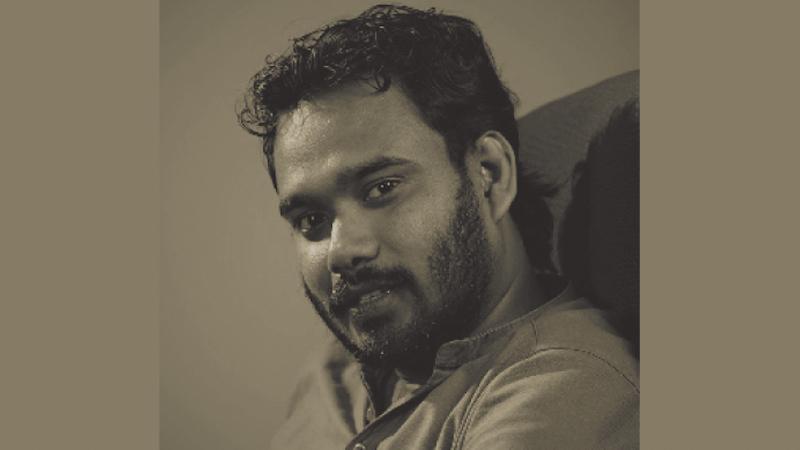
There is no victory without a crisis which enables to look for alternatives. Overcoming crises is not an uphill task with technological advances and talented youth. Vehicles in long queues and people selling fuel at high prices in the black market has become the order of the day.
Three-wheelers without engines are at fuel queues but none is available for hire. This has been turned into a business. All these unlawful moves must be stopped forthwith.
Research has been done on addressing the fuel crisis. A national fuel app has been introduced to solve the issue.
The Sunday Observer spoke to Senior Lecturer University of Kelaniya Mangala Keerthi De Pasqual for his views on the fuel app launched recently.
Excerpts of the interview
Q: Could you elaborate on the genesis of digital technology and its benefits?
A: The start of digital technology could be traced back to the 1950s. With technical research in the late 20th century as well as the birth of the computer scientists have been researching on hardware and the outcome from analog technology.
In the field of communication technology a technology based on software is developed. The word ‘digital’ is used for that. This is based on the principle of binary codes. That means we use the two codes 1, and 0, the principle of binary codes. And the attributes of that code mean that the attribute of something is either right or wrong. That is what happens in digital technology. Then let’s think of letters, numbers, or image quality, or any information. Everything is built according to these two attributes.
For example a mathematical number or a quantity could be given in binary codes. That is actually the basis of the entire technology. Similar to these numbers, when creating Sinhala Unicode, a binary code is created for letters. When making English A B C, simple, capitals are separated and separate binary codes are made to match them, for colours, color ranges, surface nature of any object, shapes like triangles, rectangles, etc. When a binary code is made for everything, it really has a soft nature. It takes on a very subtle, micro-nature.
More than a hardware system, it is possible to exchange information through a software system in the identification of this system of codes. That is what is really emerging in the world of digital technology. At the beginning of the 21st century, this was expanding in a huge way, especially in Europe, in the first class countries based in America, and in developed countries.
Especially in the Scandinavian countries, this was spreading very quickly, and they are also using it for development. When that happens, computer networking becomes faster because of technology. Devices called computers are born. Subtleties emerge from those instruments. Tablets, laptops, and smart phones are born. A big revolution in information technology is taking place due to the digital technology.
Today its part and parcel of life and its influence is seen in all regions across the globe. It was around 2,000 that countries such as Sri Lanka started using it. Digital technology was used by television channels and radio channels and this would lead a major communication revolution in the near future.
Q: Is digital technology used on a daily basis and how is it being used?
A: Digital technology has spread its tentacles across all spheres of life. From purchasing food to complex business activities are based on the technology. Websites and QR codes operate for various products in the market. The medical sector is driven through technology.
e-channeling is an example. Virtual reality is a result of digital technology. Technology plays a major role in the banking sector. Transactions are done digitally in banks. It is so with most private and public institutions.
Digital technology is used in the printing industry. Global trade has been made easy through technology.
Q: Could you explain what is a QR code?
A: A QR code is used to provide an immediate response and it is a symbol. When a code is scanned one could see the related information or the stored data system. For example one could scan the code through WeChat to operate a bicycle.
Money could be stored in WeChat. Today there are no separate cashiers in super-markets. All we have to do is take the product and scan the code on it, and the cost of them will be deducted from bank account.
Similarly books could be purchased by scanning the code. Publishers too use QR codes.
Q: What are your views on the mobile fuel dispenser program?
A: The main reason for Sri Lanka’s fuel problem is the number of three-wheelers and motor cycles in the country. There are between 1-1.2 million three-wheelers and a large number of motor cycles in the country.
Therefore it is better to distribute fuel t,hrough a mobile fuel bowser than to have one parked near the shed. It will take time for people to get used to new technology such as the use of QR Codes.
